Four-wheel drive system has its own characteristics. Comparison of Willanda/Cr-V chassis
● Comparative analysis of rear suspension:
In the rear suspension part, (|) and CR-V are adopted.Multi-link independent suspension, and it is a common "three horizontal and one vertical" E-shaped multi-link structure. Perhaps some netizens will ask: car home Product Library introduces that the rear suspension of Willanda is a double wishbone structure, but why is this article a multi-link suspension?The author will explain it to you here.—— Regarding the structural name of the rear suspension of Willanda, Toyota officials like to call it "double wishbone independent suspension".In fact, it is not a typical double wishbone structure,But an evolution form of multi-link suspension.Therefore, we choose "multi-link independent suspension" to define it. And the same is true for RAV4 Rongfang, Camry, Asian Dragon and other models under TNGA-K framework.
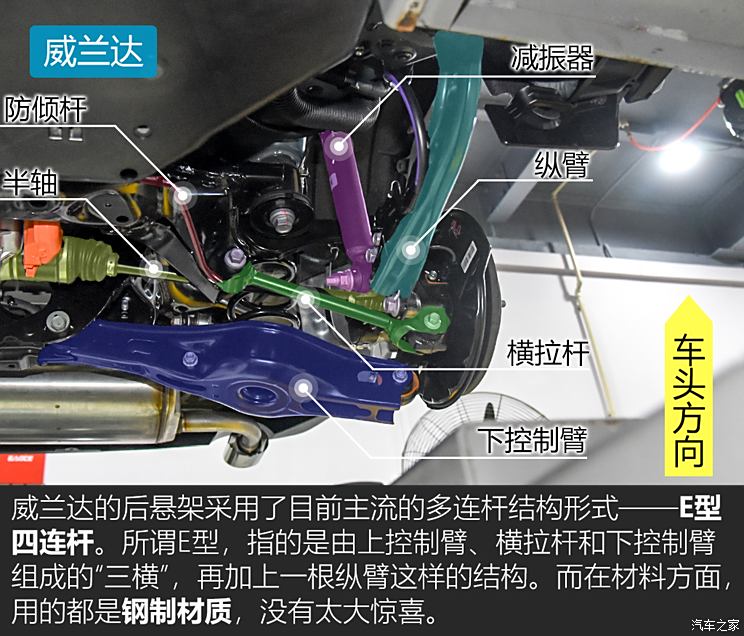
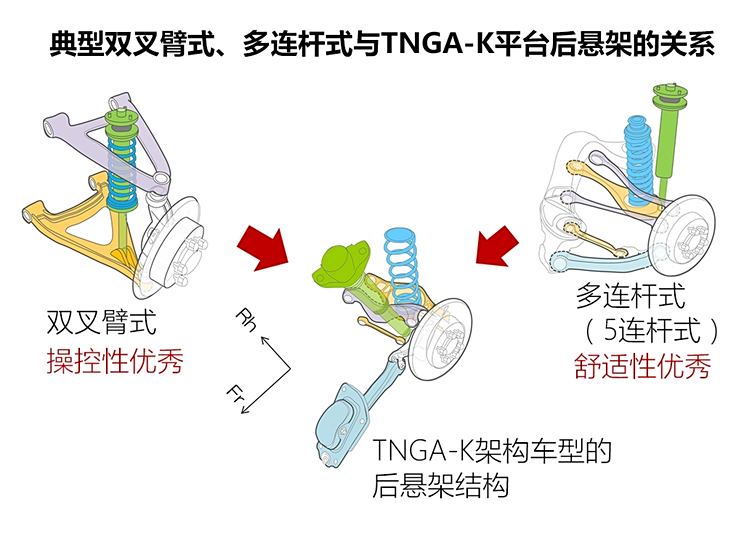
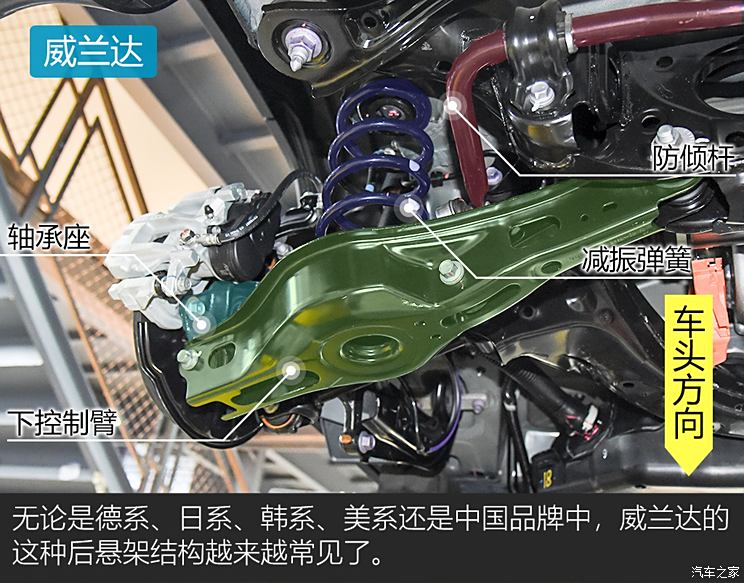
According to the information given by Toyota official website, engineers have adjusted the installation angles of suspension components such as shock absorber and control arm of each platform under TNGA framework, which greatly reduced the friction resistance between suspensions, and Willanda, who was born under TNGA-K platform, also benefited from it.
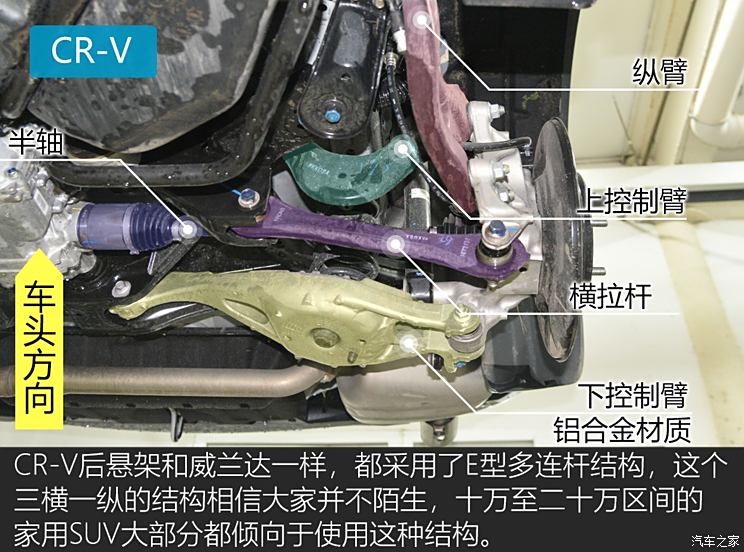

If there is no comparison, there will be no harm. The official guide prices of the two models in this comparison are similar, but it is not difficult to find that the sound insulation and engine mounting materials of Willanda are better, and more attention is paid to the comfort of the drivers and passengers in the cockpit; The rear suspension of CR-V is made of better materials, which can reduce unsprung weight and improve vehicle handling. As for the chassis skill of the two cars, we can’t decide until we get the test drive of Willanda.
● Four-wheel drive system comparison:
In terms of the four-wheel drive system, the real shot of this Willanda dual-engine four-wheel drive model is equipped with Toyota’sE-Four electric four-wheel drive system, and RAV4 Rongfang dual-engine four-wheel drive version of the set of E-Four, GAC Toyota official website showed that the driving torque of the front and rear axles of this E-Four four-wheel drive system can be distributed between 100: 0 and 20: 80; The real CR-V four-wheel drive version is equipped with a timely four-wheel drive system based on the previous drive.,Theoretically, the driving torque of the front and rear axles can be distributed between 100: 0 and 50: 50..
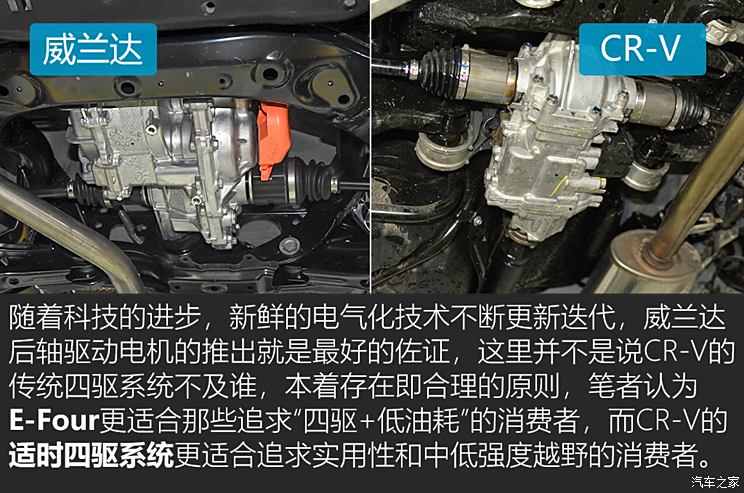
CR-V and Willanda dual-engine four-wheel drive modelsThe difference is thatThe torque distribution between the front and rear axles of CR-V four-wheel drive is realized by the electronically controlled multi-disc clutch central differential, while the independent drive motor is installed on the rear axle of Wilanda dual-engine four-wheel drive to realize the torque distribution.
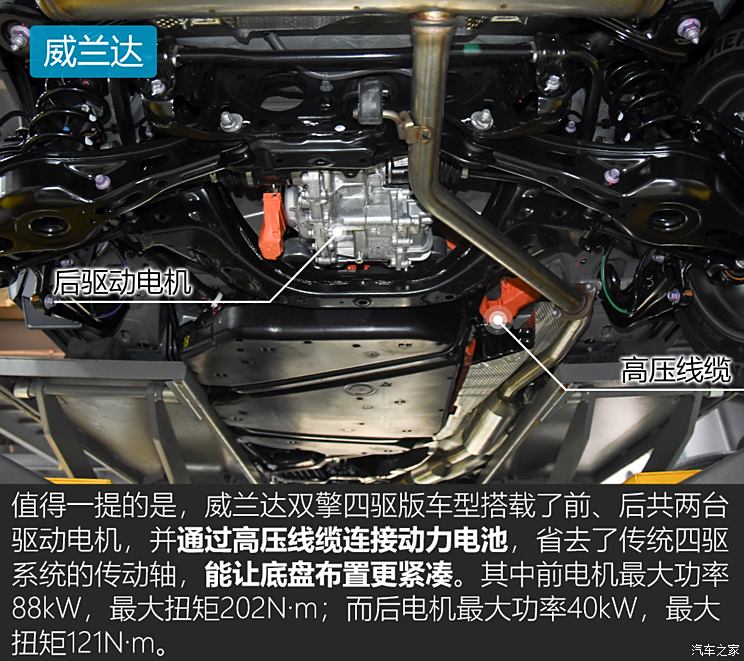
CR-VMulti-disc clutch differentialofprinciple of operationThe differential torque is mainly generated by wet clutch plates, and the compression and separation of the clutch are controlled by ECU electronic system. When the vehicle is running normally, the driving form is the front wheel. For example, when the system detects the front wheel slipping, the ECU electronic system controls the clutch to press, and then transfers part of the power to the rear wheel. However, the timely four-wheel drive is usually after the main drive wheel loses its grip (slipping), and the other drive wheels will passively intervene, so it’sThe response speed is slow..
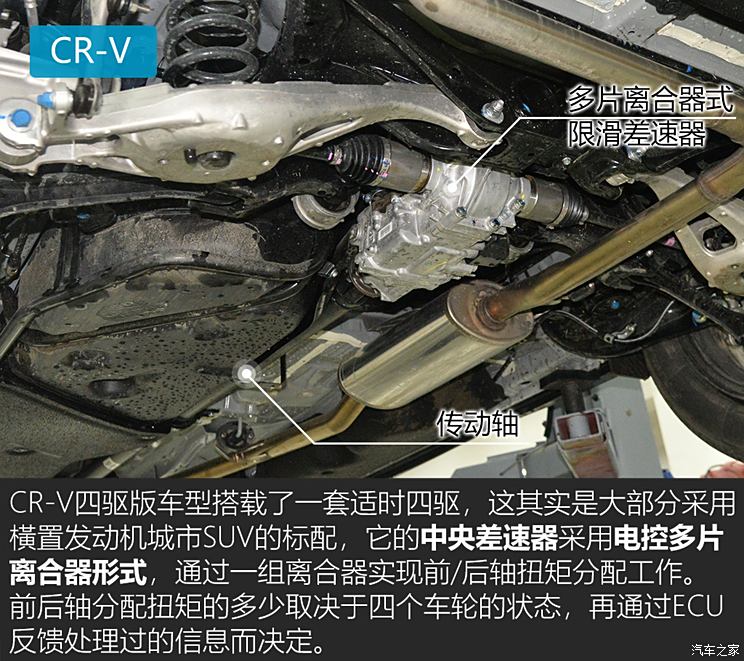
Whether it is Willanda’s electric four-wheel drive system or CR-V’s timely four-wheel drive system, they are only urban SUVs.Off-road ability to get rid of difficulties is very general.It is not recommended that people go to the desert to clear the sand, but it can help vehicles maintain effective grip and make driving safer when necessary (for example, driving on snow and ice roads in the north or low-intensity off-road roads).
● Rear wheel arch and brake system:
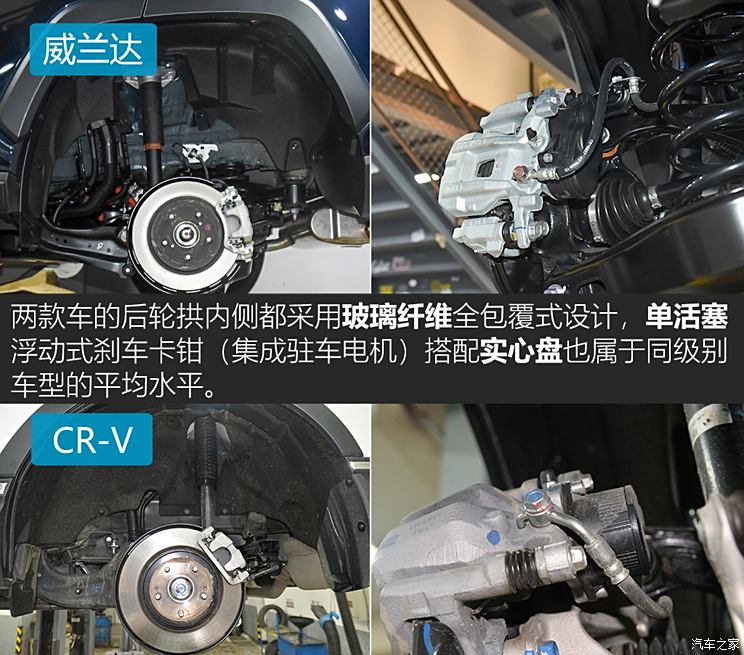
Compared with the front wheel arch, the performance of the rear wheel arch of the two cars is very "harmonious", and the material and braking of the wheel arch are all average at the same level, so there is nothing to comment on.
Comparison of other structural details:
After talking about the front and rear suspensions, let’s take a look at the differences between the two cars in other details of the chassis, including some comparisons of the front engine guard, the middle of the chassis, the fuel tank design and the tires.
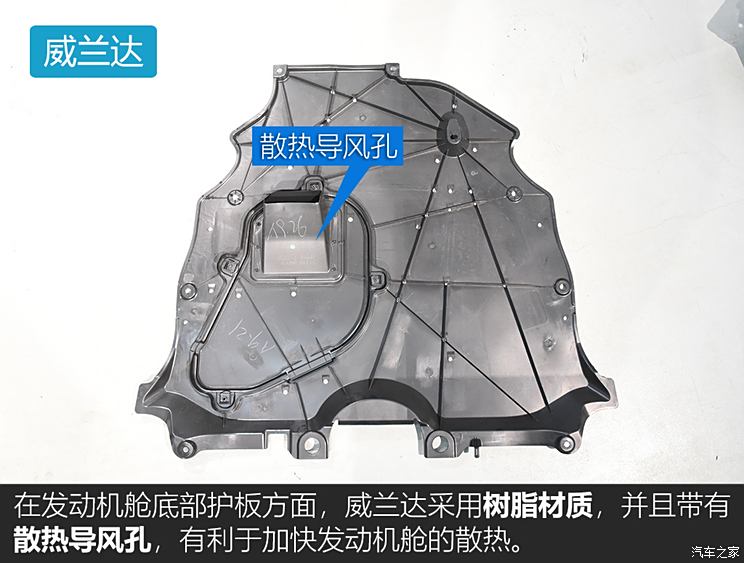
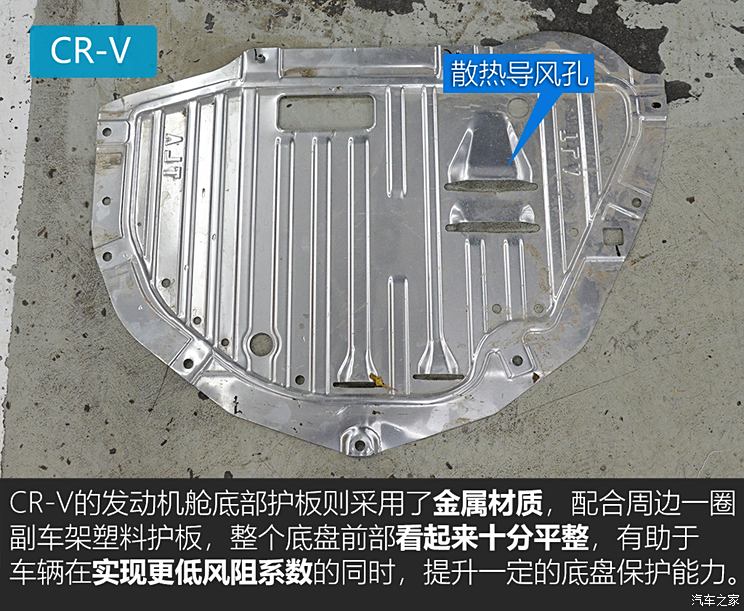
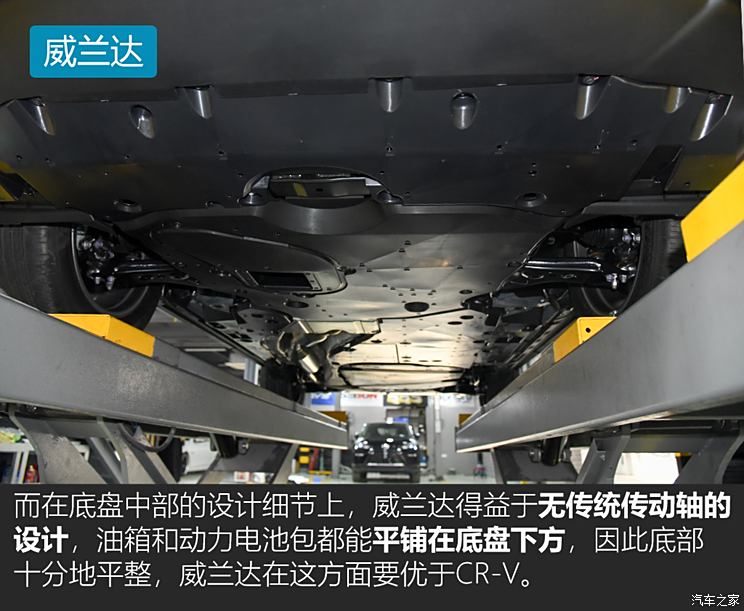
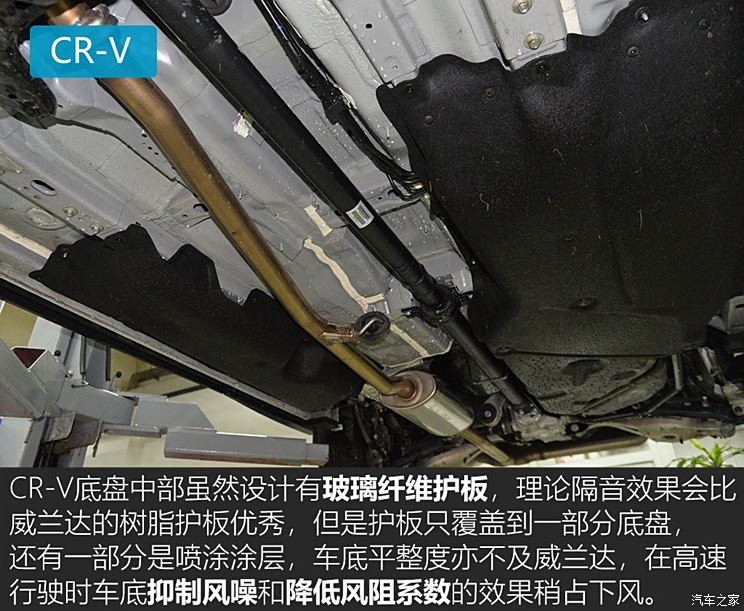
fromBottom protectionandAerodynamic angleLook at it,Wilanda did better.And CR-V has a better material.Metal engine bottom guard plateandGlass fiber body lower guard plateBoth have their own advantages.
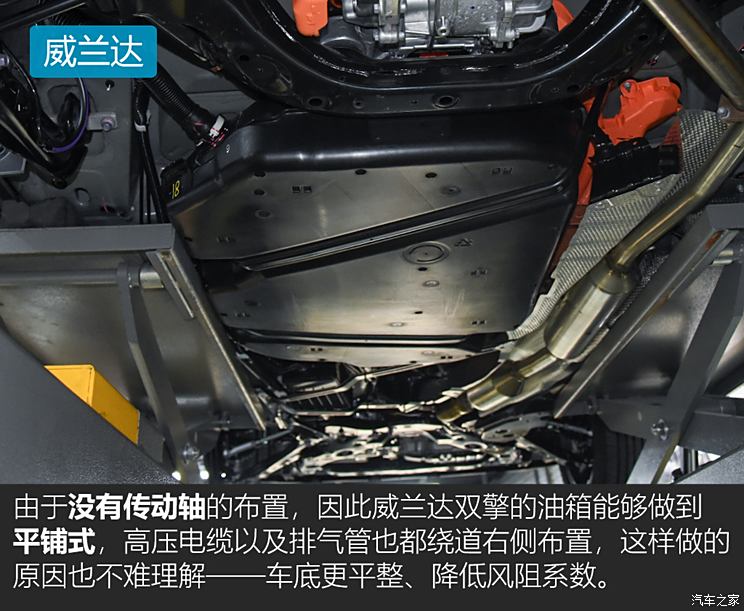
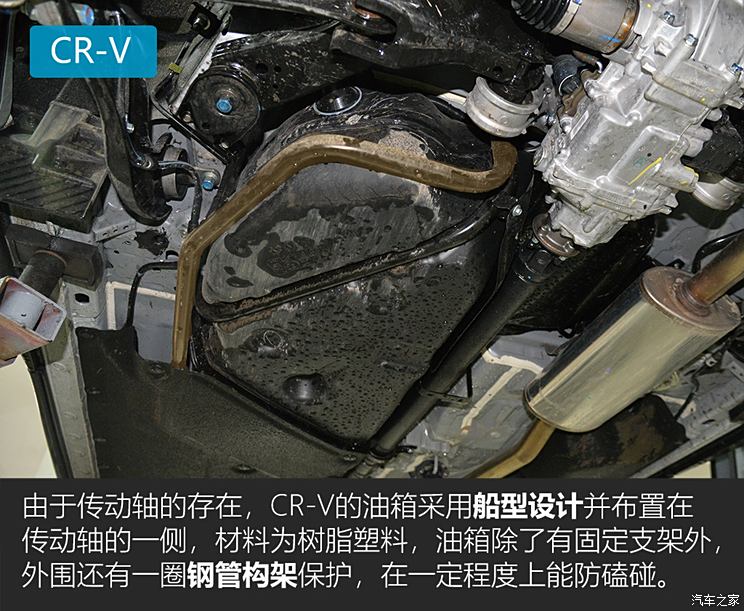
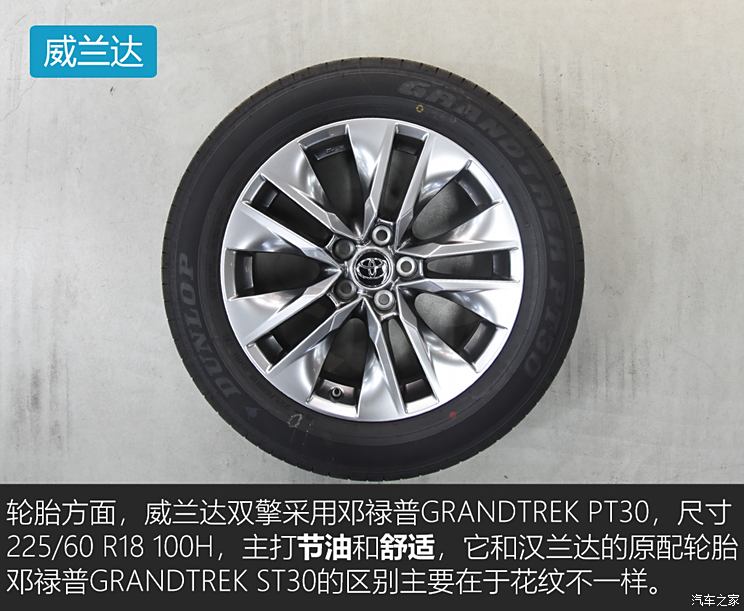
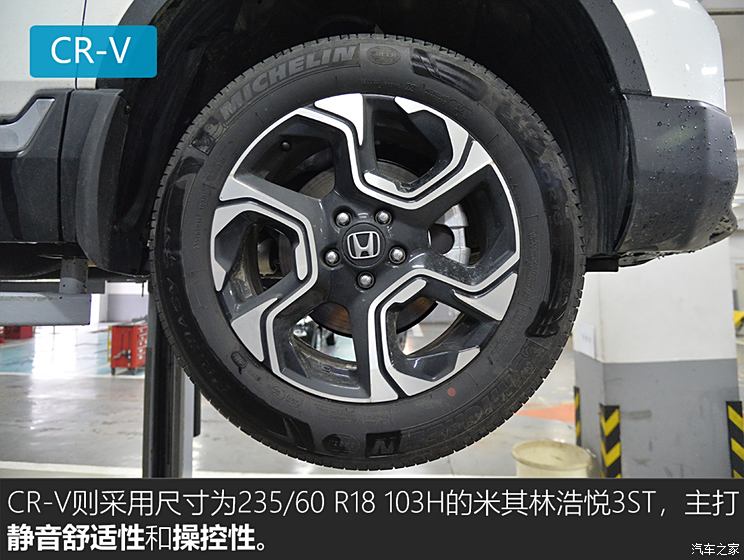
From the chassis level, Willanda and CR-V have their own advantages. The former has better chassis smoothness, while the latter has aluminum alloy rear suspension lower arm and bearing seat which pay attention to lightweight. From the perspective of four-wheel drive system, Wilanda’s E-Four electric four-wheel drive has lower transmission noise and fuel consumption, while CR-V timely four-wheel drive system has withstood the test of the market for many years, with better reliability and light off-road capability. At present, it is obviously a little one-sided to judge whose four-wheel drive system is better only by static pictures. When Willanda goes on the market, we will get a test drive and talk to you in detail about the actual experience of the chassis performance of the two cars.
● Edit Comment:
Undeniably, the Vilanda dual-engine four-wheel drive model has brought us a unique and technical E-Four electric four-wheel drive system, and other configuration models also have DTC four-wheel drive (dynamic torque control four-wheel drive system) and DTV four-wheel drive (dynamic torque vector control four-wheel drive system) to choose from, which makes Vilanda have strong competitiveness after listing. The structure of CR-V’s four-wheel drive system is simpler and more reliable. These two four-wheel drive systems have their own characteristics, and they can face the city and mild off-road conditions calmly. As for how to choose, it depends on your personal needs. (Photo/Text/Photo by car home Su Wei)